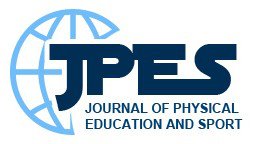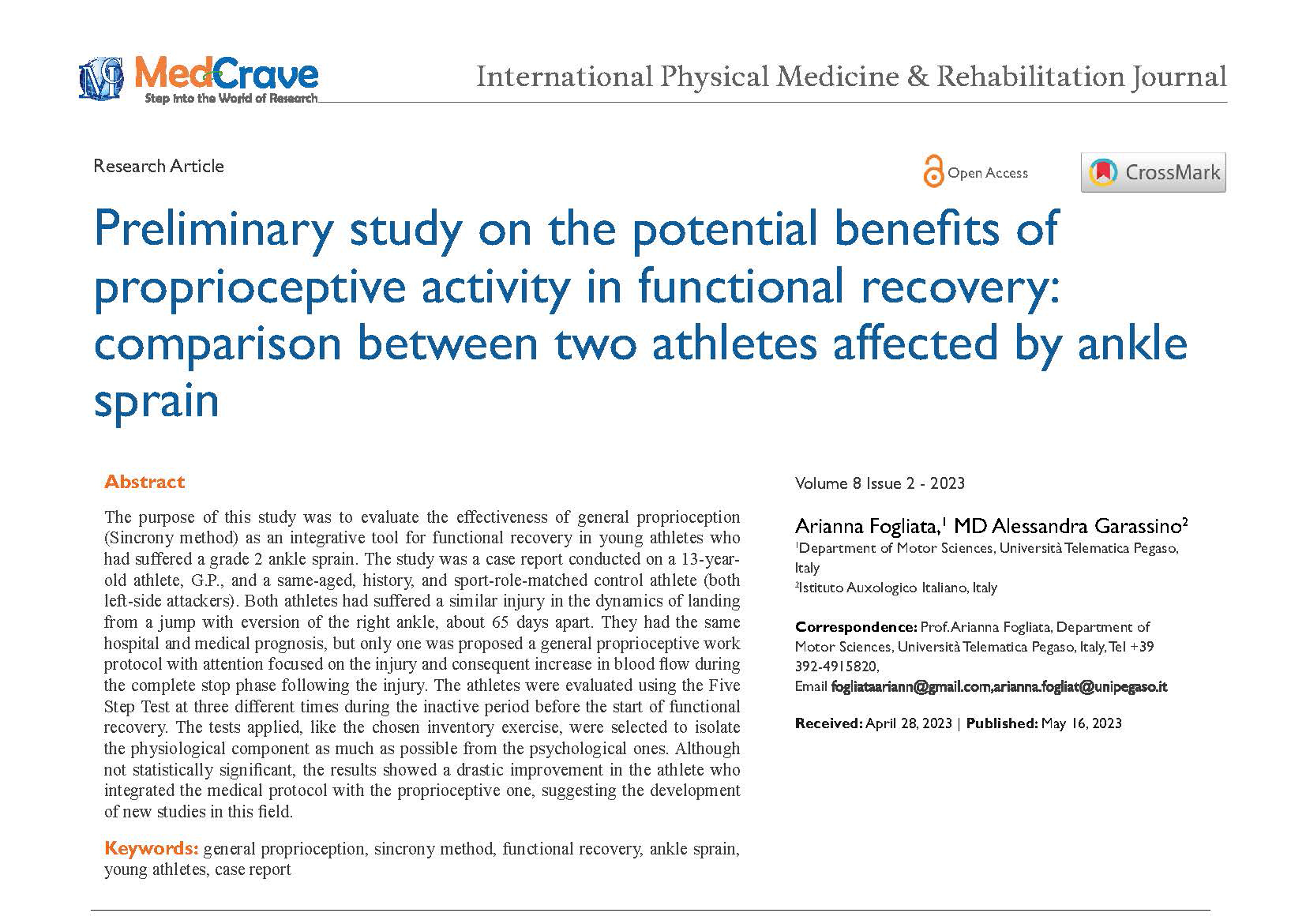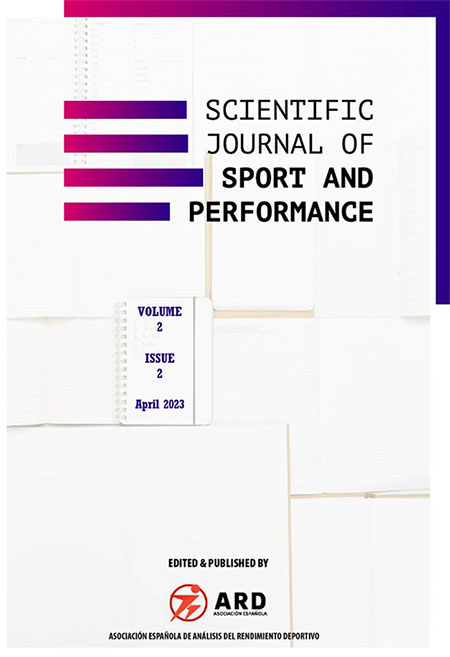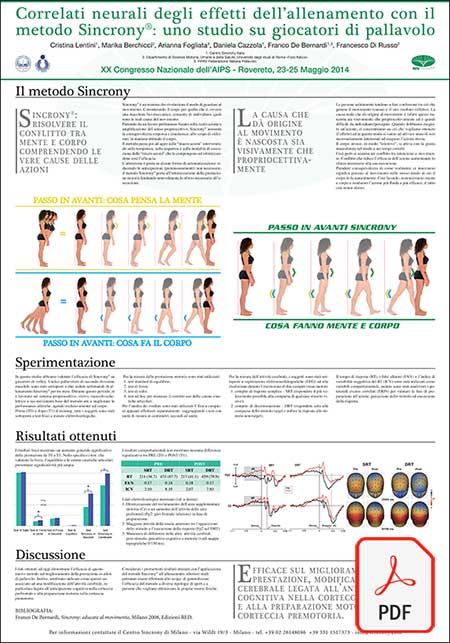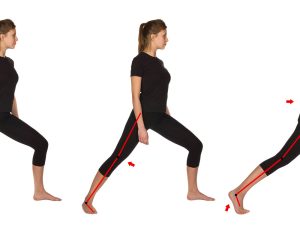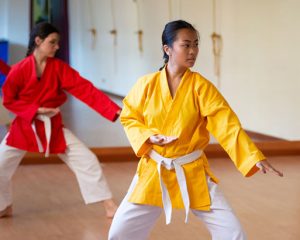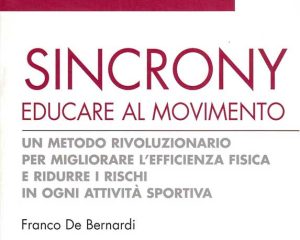Fogliata, A., Borghini, R., Ambretti, A.
"Centering": a fundamental instrument for teaching balance in competitive adolescents
Journal of Physical Education and Sport ® (JPES), Vol. 23 (issue 6), Art 183, pp. 1495 - 1500, June 2023
ABSTRACT
For many years, there has been a debate regarding the role of intra-abdominal pressure (IAP) in supporting the vertebral column, particularly in the lumbar region. The role of IAP is particularly evident during physical activities that require complex movements and rapid jumps (Paoli et al., 2010). The hypothesis that IAP relieves the compressive load on the lumbar vertebrae by better distributing the force vectors during physical activities was first proposed in 1923 by Keith and subsequently discussed by Bartelink (Bartelink, 1957). This hypothesis was later confirmed by Morris et al. in 1961 using a mechanical model. The authors demonstrated that a voluntary increase in IAP alleviates lumbar compression, both directly and indirectly, by inducing spinal extension, causing flattening in the cup-shaped form of the thoracic diaphragm muscle (Morris et al., 1961).
Other authors have confirmed the important role of IAP in coordinating the activity of trunk muscles (Stokes et al., 2010; Madle et al., 2022), and its indirect contribution to respiration has been expanded upon and studied
(Hodges, 2000). These aspects are crucial for achieving good performance in sports involving acceleration and jumping (Gennaro et al., 2019; Bitnar et al., 2015; Hwang et al., 2021). Therefore, it is possible to activate the components of the trunk stabilization system using its muscles by increasing IAP, which is associated with voluntary use of the thoracic diaphragm muscles (Stokes et al., 2011). Performance improvement has also been demonstrated using “Centering” (De Bernardi, 2008). “Centering” (CENT) is the proportional utilization of IAP depending on forces experienced due to the acceleration during sports movements. CENT improves the execution of technical gestures and their learning (Fogliata et al., 2022). Owing to the importance of CENT in the stabilization and protection system, the aim of this study was to verify the possible effects of CENT on balance and stabilization dynamics (Malwanage et al., 2022) and to study possible differences in balance between adolescents with and without CENT. Furthermore, the Stork test was employed to identify possible changes in balance parameters in adolescents with and without CENT (Condon, 2014).
Keywords: Balancing, Centering, Adolescents Sport.
Arianna Fogliata, MD Alessandra Garassino
Preliminary study on the potential benefits of proprioceptive activity in functional recovery: comparison between two athletes affected by ankle sprain
International Physical Medicine & Rehabilitation Journal - Volume 8 Issue 2 - 2023
ABSTRACT
The purpose of this study was to evaluate the effectiveness of general proprioception (Sincrony method) as an integrative tool for functional recovery in young athletes who had suffered a grade 2 ankle sprain. The study was a case report conducted on a 13-year-old athlete, G.P., and a same-aged, history, and sport-role-matched control athlete (both left-side attackers). Both athletes had suffered a similar injury in the dynamics of landing from a jump with eversion of the right ankle, about 65 days apart. They had the same hospital and medical prognosis, but only one was proposed a general proprioceptive work protocol with attention focused on the injury and consequent increase in blood flow during the complete stop phase following the injury. The athletes were evaluated using the Five Step Test at three different times during the inactive period before the start of functional recovery. The tests applied, like the chosen inventory exercise, were selected to isolate the physiological component as much as possible from the psychological ones. Although not statistically significant, the results showed a drastic improvement in the athlete who integrated the medical protocol with the proprioceptive one, suggesting the development of new studies in this field.
Keywords: general proprioception, sincrony method, functional recovery, ankle sprain, young athletes, case report
Fogliata, A., Borghini, R., & Ambretti, A.
Study on the performative effects of cause-based vs effect-based teaching in adolescent athletes: Evaluation of lower limb explosive strength.
Scientific Journal of Sport and Performance, 2(2), 247–255. https://doi.org/10.55860/LAHU8849
ABSTRACT
Purpose Understanding how humans generate movement is a fundamental goal due to its implications. The authors based their study on the methodological applications in sports of the Synchrony Theory. (De Bernardi, 2008; in press Fogliata et al., 2023) In paradigm, the perceived movement corresponds to an Effect-Movement. The motor teaching of a gesture based on the Effect can be defined as Effect-based Teaching (EbT). Motor teaching based on the visible movement of a gesture can be defined as Effect-based Teaching (EbT). While teaching based on what caused the gesture can be called Cause-based Teaching (CbT). Methods. authors aimed to evaluate the possible differences in explosive lower limb strength in the Sargent Test among adolescents instructed through these three models of demands. Results. All athletes were subjected to all three types of tests. The data showed that teaching based on Causes allows improvement of the entire group and two-thirds of the participants significantly compared to Effects-based teaching. Technical teaching also had a better outcome than Effects-based teaching, but only for a third of the sample. Conclusion. Teaching based on Causes seems to be an excellent tool for increasing performance, simple to apply and effective, allowing for instant improvement.
Keywords: Physical education, Cause-based teaching (CbT), Effect-based teaching (EbT), Internal attention, Sargent Jump Test, Performance analysis of sport.
Arianna Fogliata, D. Mazzilli, R. Borghini, A. Ambretti and L. Martiniello
Study of the Performative Changes due to the Modification of the Motor Programs through the Sincrony Methodology
Journal of Neurology & Neurophysiology - Research - (2022) Volume 13, Issue 11
Abstract
Understanding how human beings generate movement is a fundamental objective due to the implications that it itself has in the various fields of application, especially those concerning the teaching methodology in stages of growth. Starting from the study of the Sincrony Theory (and its methodological applications into sports field, the authors have built an experimental paradigm to verify the different impact of Motor Programs based on the cause of movement compared to Motor Programs based on the effect. The basic idea is that movement perceived on a visual level matches to the effect of muscle contractions not visible in the manifest act but which are the cause. The authors studied a paradigm to evaluate whether through simple linguistic indications aimed at making a motor pattern used for causes, changes in performance would have been recorded. The authors therefore chose to evaluate running performance in growing youth who were not trained in this sporting discipline. The authors modified only the language with which the subjects were asked to run and evaluating the possible performance differences through the Cooper test.
The authors tested three groups of subjects, all groups initially carried out the test without receiving indications related to running technique. Subsequently to”group one” the experimenters explained about the running technique based on the activation of Motor Cause patterns, based on synchrony methodology. No methodological specifications were received from the “second group”. The “third group” was given technical explanations based on the correctness of the technique. The results showed a 6% increase in the first sample with a statistically significant difference compared to the control, sample three did not show performance improvements and the performance results were variable compared to those of groups one and two.
According to the authors, the reasons for these results lie in the fact that when the athletes manage to have a motor program based on the real causes of the movement, the system is optimized, with less use of the antagonist muscles recruited in that given action. Normally, however, this does not happen since the Motor Programs are on average based on effects: “thinking” about a movement (by effects) causes, according to the authors, a slowdown due to both a greater elaboration process and a greater involvement of the antagonists in the action. In the third group, the authors wanted to ascertain the contribution of learning by inverse model,i.e. by correcting the motor output through inverse feedback linked to the effect that should be obtained if the motor project were based on the causes without however giving an explanation to the athlete of the themselves.
In this case not incrise performative is according to the authors based on the fact that the inverse corrections cause a sort of attentional overload until there is automation of the new motor patterns. The authors expect that in the latter case, if the subjects repeated the test several times, training to manage the corrections on the motor output, a performative improvement would be restablished. In the light of the foregoing, it may be extremely interesting to deepen the argument for which the type of explanation can influence the optimization of the motor gesture.
Keywords
Motor programs based on cause • Cooper test • Performance • Motor programs based on the effect
Congressi
ECSS (European College of Sport Science) Paris 2023
Evaluation of balance achieved through Centering in a functional exercise for spinal-lumbar area in adolescents.
A. Fogliata, D. Mazzilli, A. Ambretti
MSA Dubrovnik 2023 – Annual Conference
Study on the effects of teaching based on Causes or Effects in competitive adolescent sports
A. Fogliata, D. Mazzilli, R. Borghini, A. Ambretti
HEAd’23
9th International Conference on Higher Education Advances (HEAd’23)
June 19 – 22, 2023 · Valencia, Spain
The “Centering”: a fundamental instrument for balance teaching in competitive adolescents
A. Fogliata, D. Mazzilli, R. Borghini, A. Ambretti
Correlati neurali degli effetti dell’allenamento con il metodo Sincrony: uno studio su giocatori di pallavolo
Al XX Congresso Nazionale dell’AIPS a Rovereto, il 23-25 Maggio 2014, sono stati esposti i risultati dello studio svolto da Cristina Lentini, Marika Berchicci, Arianna Fogliata, Daniela Cazzola, Franco De Bernardi, Francesco Di Russo per il Centro Sincrony Italia, il Dipartimento di Scienze Motorie, Umane e della Salute, Università degli studi di Roma, Foro Italico e la FIPAV, Federazione Italiana Pallavolo.
I dati ottenuti dimostrano l’efficacia del metodo Sincrony sul miglioramento della prestazione in atleti di pallavolo. Inoltre, sembrano indicare come questo sia associato ad una modificazione dell’attività cerebrale, in particolare legata all’anticipazione cognitiva nella corteccia prefrontale e alla preparazione motoria nella corteccia premotoria.
Considerati i promettenti risultati ottenuti con l’applicazione del metodo Sincrony all’allenamento, ulteriori studi potranno essere effettuati allo scopo di generalizzare l’efficacia del metodo a diverse tipologie di sport e a persone che vogliano ottimizzare le proprie risorse fisiche.
Efficace sul miglioramento della prestazione, modifica l’attività cerebrale legata all’anticipazione cognitiva nella corteccia prefrontale e alla preparazione motoria nella corteccia premotoria.
I corsi Sincrony
Scopri i corsi e le attività per apprendere il metodo Sincrony e migliorare le tue prestazioni.
Il corso Sincrony Basics
Inizia il percorso di conoscenza e sviluppo del metodo Sincrony.
Karate Sincrony
Non solo un nuovo stile di karate. Un modo per imparare a usare meglio il proprio corpo con le arti marziali.
Pubblicazioni
Le pubblicazioni e la rassegna stampa. Approfondisci il metodo Sincrony. Per sportivi ed addetti ai lavori.


